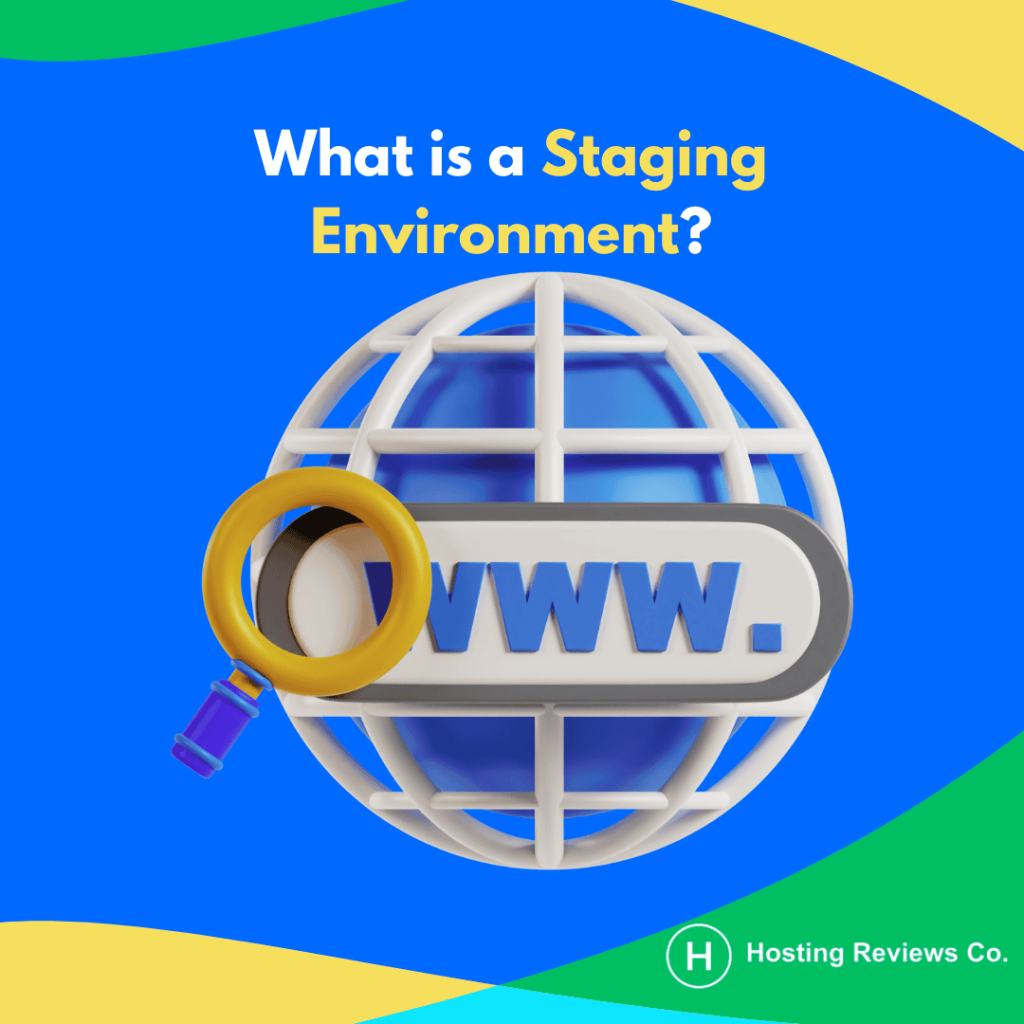As a developer, you might already be familiar with testing and deploying your applications. But have you ever wondered how to ensure that your code doesn’t break when it’s deployed to production? This is where a staging environment comes into play. In this article, we’ll explore what is a staging environment and why it’s an essential part of the development lifecycle. By the end, you’ll understand its importance and how to set it up effectively.

Understanding the Staging Environment
A staging environment is essentially a replica of your production environment. It is where you can deploy code to test it in an environment that mirrors the live version as closely as possible. This allows you to identify potential issues before they reach your users, reducing the risk of errors, downtime, and security vulnerabilities in your live application.
Think of it as a final quality check. You get the chance to test new features, updates, or fixes in a controlled environment without affecting your real users. This makes staging environments a critical part of modern development workflows, especially when working with large applications or teams.
Why Do You Need It?
So, why is a staging environment so crucial for developers? There are several key reasons why it should be a part of your development cycle.
1. Prevents Downtime
Testing directly in production can lead to unplanned outages or crashes. A staging environment allows you to catch issues before they affect real users. You can simulate production traffic, test user behaviors, and ensure everything works as expected without worrying about breaking things.
2. Ensures Accuracy
In production, there are many external factors that can impact your application’s performance—server configurations, network conditions, and third-party services, for example. A staging environment replicates these factors, making it a perfect spot to test your code and ensure it behaves in the exact way you want in production.
3. Simulates Real-World Scenarios
When working in a staging environment, you’re not just testing the code itself, but also its interaction with the rest of your infrastructure. You can test things like database migrations, server load balancing, and integrations with external APIs. By doing so, you’re better prepared for real-world scenarios.
4. Improves Collaboration
A staging environment is also beneficial for team collaboration. Developers, QA engineers, and product managers can all review new features and updates in an environment that closely resembles production. This means fewer misunderstandings and smoother collaboration.
How Does It Work?
The staging environment works by creating a copy of your production environment, typically by using the same software, databases, and servers that your live application uses. This ensures that the staging environment reflects the exact conditions of your live application.
It’s important to note that while staging is meant to mirror production, it’s not always an exact replica. For instance, while your staging environment should have similar configurations, it may use less expensive resources or smaller-scale setups to keep costs low. However, it must be close enough to production to detect any issues that might arise once your code goes live.
Best Practices
To make the most of your staging environment, follow these 5 essential best practices:
1. Keep It Up-to-Date
A common pitfall for developers is neglecting to update it. If it isn’t updated regularly with changes made to the production environment, you’ll be testing your code on an outdated setup, which could lead to undetected issues.
2. Automate Deployments
Automating the deployment process to your staging environment helps eliminate human error. You can set up continuous integration/continuous deployment (CI/CD) pipelines that automatically deploy your code to the staging environment whenever there’s a new change or feature.
3. Use Realistic Test Data
Using test data that closely resembles real production data is key. This ensures that your tests are realistic and relevant. However, make sure the data you’re using doesn’t contain sensitive information. Anonymizing test data is a smart strategy to ensure privacy.
4. Replicate User Behavior
Test how real users would interact with your application by simulating realistic traffic loads, user actions, and edge cases. This can be done through load testing and user simulation tools, which help you understand how your application will perform under stress and whether it can handle peak traffic periods.
5. Check Integrations
Your staging environment isn’t just for testing new features in isolation. It’s also crucial to verify how your new changes interact with third-party services, APIs, and other integrations. This can help identify any potential conflicts or disruptions that could affect your production environment.
What Happens If You Skip It?
You might be tempted to skip setting up a staging environment, thinking it’s an unnecessary extra step. But doing so can have serious consequences. Without a proper staging environment, you increase the risk of bugs, crashes, and other issues slipping through the cracks. This can lead to costly downtime, negative user experiences, and damage to your reputation.
Skipping staging means you’re also sacrificing the ability to test your code in conditions that mirror production. Your users could encounter unexpected errors or poor performance, which could result in lower user satisfaction and lost revenue.
Conclusion
In the fast-paced world of development, the staging environment is not just a luxury—it’s a necessity. It allows you to test new code, features, and updates in a setting that mirrors your live application without the risk of affecting real users. By implementing a solid setup and following best practices, you can ensure a smoother, more reliable deployment process, ultimately saving time, resources, and headaches in the long run.
Remember, skipping staging might seem like a shortcut, but the risks it carries far outweigh the benefits. So, if you’re serious about delivering high-quality applications and avoiding costly mistakes, make sure your staging environment is an integral part of your development workflow.
If you’re looking to set up your staging environment with WordPress, consider checking out our Best WordPress Hosting for Developers guide for tips on optimizing your WordPress setup!

Leave feedback about this